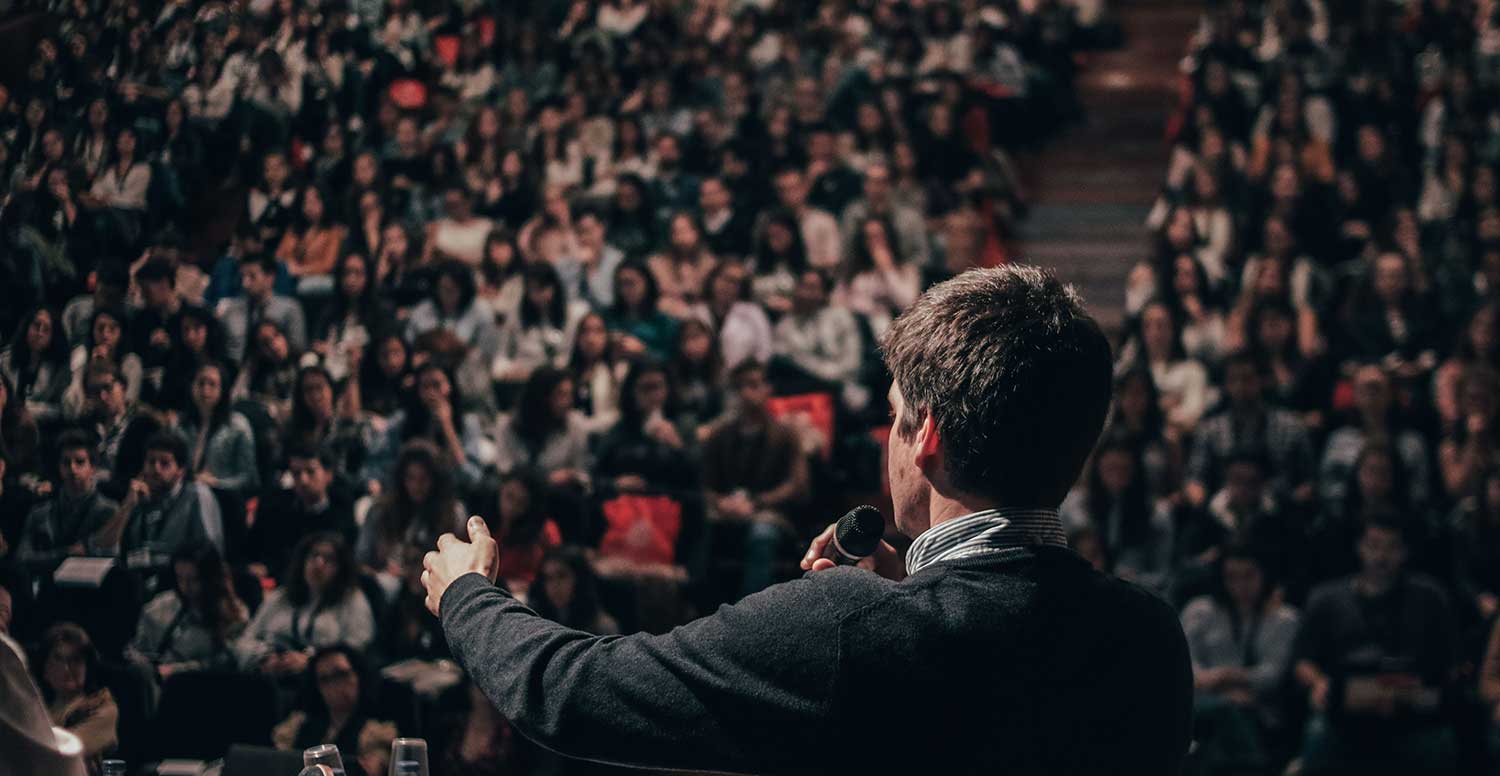YOUR BRAIN HAS A BENT.
06
YOUR BRAIN HAS A BENT.
06
YOUR BRAIN HAS A BENT
05
YOUR BRAIN HAS A BENT

The lecture hall is overflowing with college students, anxious to hear the visiting brain-function specialist “tell me anything that will help me select a good career for my brain and get through college,” as one student put it.
The LED projector shows a cut-away of the human brain, pulled apart to show the three brain layers.
“Today, I will be primarily explaining the neocortex,” begins Dr Rose. “It is the largest chunk of tissue housed within the skull and constantly at work, although only a small percentage (15-20%) of its activities surface to conscious awareness.
“Notice that natural fissures divide the neocortex into left and right as well as each hemisphere, creating a total of four cerebral divisions.”
“Now, here’s where you might want to take some notes: literal or mental.”
The definition of bent fills the screen.
“Every brain born within normal limits is believed at have at least one brain bent.”
It has been referred to in terms such as aptitude, talent, innate giftedness, preference, dominance, calling, lead, or energy advantage.
This bent is innate and may be identified, developed, and honed or, unidentified and largely unused.”
Dr Rose explains that each brain is as unique as fingerprints. “Brain Bent is one way to describe the type of brain a person possesses in terms of what gets its attention most quickly and intensely, the way in which it processes specific types of information, how it manages data, andits special innate energy advantage.
“Although all parts of the brain work all the time, one cerebral division tends to take the lead when the specific task uses the functions housed within that division. When you think using your brain bent:
“For example, let’s say that you have a right-hand preference. You expend less energy doing tasks with your right hand (pounding nails, using a utensil to eat, throwing a ball).
Now imagine you break your right arm and it is placed in a cast you must wear for 6-8 weeks. You can learn to do many of the tasks your right hand used to handle by using your left hand.
At first it may be extremely awkward. With practice however, you learn to do several very well, although you may always be aware at some level that it doesn’t ‘seem as natural.’
“When the cast is removed, you tend to revert almost automatically to your right hand. There is often a sense of relief and the realization that this is easier and takes less energy, although you still maintain some sense of developed competence with the opposite hand.”
Another click of the remote and the Brain Bent Pyramid materializes on the huge screen.
“This is a pictorial representation of five key types of brain function,” Dr Rose explains. “
If you can identify how each relates to your brain, you may be able to better manage your energy—by design.


“NO ONE HAS EVER MADE A POSITIVE, GENUINE, AND LASTING DIFFERENCE IN LIFE BY TRYING TO BE SOMEONE ELSE.”
Dr Arlene Taylor

01
“The first layer refers to whether your brain is primarily Systemising (typically associated with the male brain) or Empathising (typically associated with the female brain) or a 50:50 blend of both, now referred to as the Inter- sex Brain.

02
“The next layer refers to the type of environment in which your brain functions most energy-efficiently: one that offers relatively high levels of stimulation (extrovert), moderate levels (ambivert), or low levels (introvert).

03
The third layer refers to sensory peference, defined as the type of sensory stimuli that registers most quickly and most intensely in your brain: visual, auditory, or kinesthetic. Sensory preference impacts the way you take in and process new information most easily and the way in which which you tend to interact with others.

04
“The next layer refers to whether your brain was born and raised in Eastern or Western culture. Cultural Neuroscience is surfacing potential differences based on where you were the born and raised.

05
“The top layer of the pyramid refers to your brain bent (also known as dominance or brain lead). It impacts the way you pay attention to and manage data.
Next, a young woman asks:
‘I STILL DON’T UNDERSTAND WHAT’S SO IMPORTANT ABOUT BRAIN BENT.’
“Energy consumption is required to think— pure and simple,” says Dr Rose.
“Brain scans suggest that a portion of your brain appears to have an energy advantage.
The brain knows what is energy-efficient for it and naturally prefers to do those energy- efficient tasks.
It tends to procrastinate the others.
Figure this out and you know more about your brain bent and how to use your brain by design.”
“Wasting brain power ruminating about things you can’t control drains mental energy quickly. The more you think about problems you can’t solve, the less energy you’ll have leftover for more productive endeavours.”
Amy Morin
Next, a young woman asks:
‘I THOUGHT PROCRASTINATION WAS A BAD THING, BUT THIS SOUNDS AS IF THE BRAIN IS TRYING TO BE ENERGY-WISE?’
Dr Rose smiles. “That’s a good way to put it.
The brain does not store oxygen or glucose. The blood stream continually brings fresh supplies.
Since no one can do everything in life, identifying your brain’s energy advantage and endeavoring to match the majority of your tasks to that advantage can help you gain higher levels of competency, improve your health, and perhaps extend longevity.
“Everyone has learned to do some tasks well. The question is whether those tasks are energy-efficient for your brain. You figure this out by asking yourself:
“In all likelihood, you will begin to see a patterns emerging between those your brain does more energy- efficiently and those that seem to drain you.”
Procrastination gives you time to consider divergent ideas, to think in nonlinear ways, to make unexpected leaps.
Adam Grant
Energy
Another young man in the back stands.
‘WHERE IS THIS BRAIN-BENT ENERGY ADVANTAGE LOCATED?’’
“You may recall the neocortex is divided into four chunks of cerebral tissue,” says Dr Rose.
“Most brains are believed to have an energy advantage in one of those quarters.
Brain bent involves a reduced resistance to the transmission of information across the synapse or synaptic gap between neurons.
When doing a task that does not primarily utilise your brain bent, your brain tends to:
• require more glucose
• need more oxygen
• become fatigued more quickly
• think less quickly
• get irritable as it becomes exhausted
“Are such activities coming to mind?” asks Dr Rose, his eyes scanning the room. Several students nod.
The human brain is an incredible pattern-matching machine.
Jeff Bezog
This time a senior student asks:
‘WHAT ARE THE UP-SIDES AS WELL AS THE DOWN-SIDES TO BRAIN BENT?’
“The upside,” replies Dr Rose, “is that knowing your brain bent allows you to hone skills within that area and achieve significantly higher levels of competence, which can lead to success.
The downside? The brain can adapt and learn to do tasks for which it has no bent—but spending large amounts of time doing those tasks is a stressor.
And prolonged stress can lead to illness. Studies have shown people who spend large amounts of time completing tasks outside their brain bent can increase their risk for developing an auto-immune disease.”
Several students ask about resources to help them figure out their brain bent, sensory preference, and position on the Extroversion- Ambiversion- Introversion continuum. Dr. Rose refers them to free assessments available at www. ArleneTaylor.org.
“For the first time ever, I get it,” says another student. “But I’m pretty sure you are not meant to use your brain bent 100% of the time.”
Dr Rose laughs. “No one could manage in life by using only one quarter of their neocortex, if that were even possible to pull off.
Current wisdom suggests you aim to get 51% of your life’s tasks aligned with your brain bent. Here are some examples of the types
of functions each division of the neocortex provides.”


Ron Cephas Jones
PRIORITISING DIVISION
LEFT FRONTAL LOBE
The Prioritising division helps you develop skills to accomplish specific tasks, such as:
• Make decisions and/or delegate
• Set goals
• Prioritise the best options
• Be objective/single-minded in pursuing goals
• Managing time and money effectively
• Abstract and analyse data
• Be competitive/try to win
• Utilise tools
• Research and problem solve based on data
• Speak audibly and laugh aloud
• Develop and use conscience
• Manage willpower
• Understand numbers and signs
• Register and identify the emotion of joy
Myles Munroe
ENVISIONING DIVISION
RIGHT FRONTAL LOBE
The Envisioning division helps you develop skills to accomplish specific tasks, such as:
• Anticipate and make changes
• Absorb the big picture
• Scan for trends, patterns, global perspective
• Meditate, daydream, imagine, envision
• Innovate – travel, write, compose, design (entrepreneurial activities if Extroverted, artistic activities if Introverted)
• Gesture expressively and expansively
• Be spontaneous (dislike of rules and routines)
• Appreciate, develop, and use a sense of humor
• 3-D internal mental picturing
• Risk using new methods
• Think in pictures and symbols
• Register and identify the protective emotions (anger, fear, sadness)
Being spontaneous is a blessing
Quavo
HARMONISING DIVISION
The Maintaining division helps you develop skills to accomplish specific tasks, such as:
• Develop and run internal brain “software” (habits) dependably
• Be sequential, practical, and predictable
• Honor and maintain traditions
• Learn the rules and follow them
• Repeat routines/procedures accurately
• File and track data, labels, details, objects
• Develop skills for reading, writing, spelling
• Utilise fine motor skills for grasping and manipulating bounded shapes, for data entry, word processing, and typing (prestidigitation)
• Store and track non- emotional memories
• Develop complex rhythmical skills (music, data entry, typing, marching)
• Decode speech sounds
• Maintain the status quo
MAINTAINING DIVISION
The Harmonising division helps you develop skills to accomplish specific tasks, such as:
• Promote relatedness, connectedness, and harmony (among sounds, colors, bounded shapes, the environment)
• Be sentimental
• In tune with nature
• Celebrate everything (e.g., holidays, anniversaries, deaths, national events)
• Enjoy potlucks
• Pursue relational connectedness
• Take in information via touch (hugs)
• Sing and play musical instruments by ear
• Entertain, act, dance, sing, cook, teach
• Process spiritual experiences, counsel
• Read nonverbal body language
• Recognise faces, store emotional memories
• Decode nonspeech sounds


The students give Dr Rose a standing ovation.
Several line up to ask more questions.
As Dr Rose collects his things to leave the Dean approaches, calendar in hand.
“Several students have already stopped by asking when you can come back. It’s been a long time since I’ve seen them so enthusiastic.”
Dr Rose smiles. He’d be “honoured” to come back, the sooner the better.
Clearly, Dr Rose is energised by what he does.
After all, teaching in a predictable, practical and sequential way falls right in line with his very own Brain Bent!
